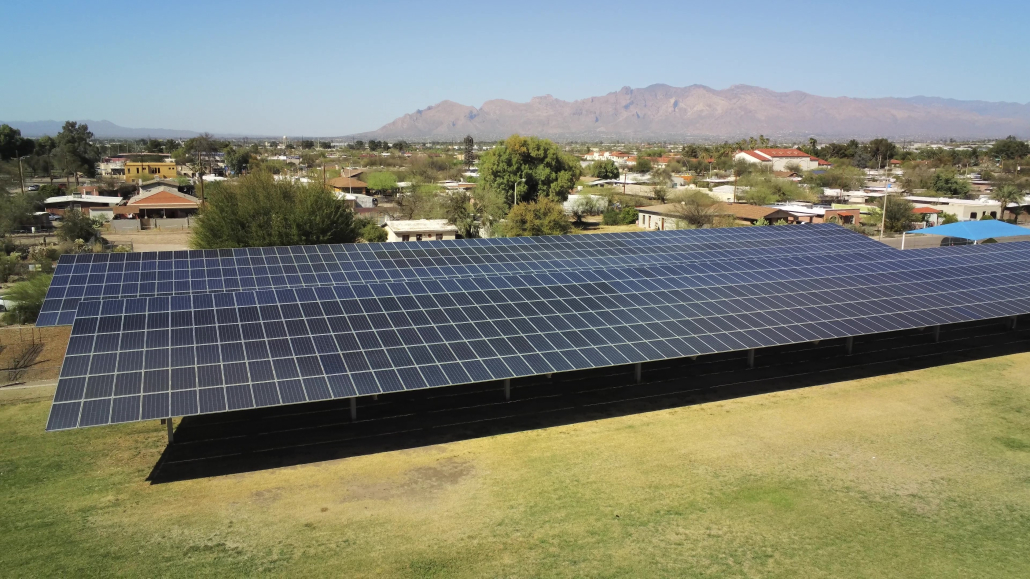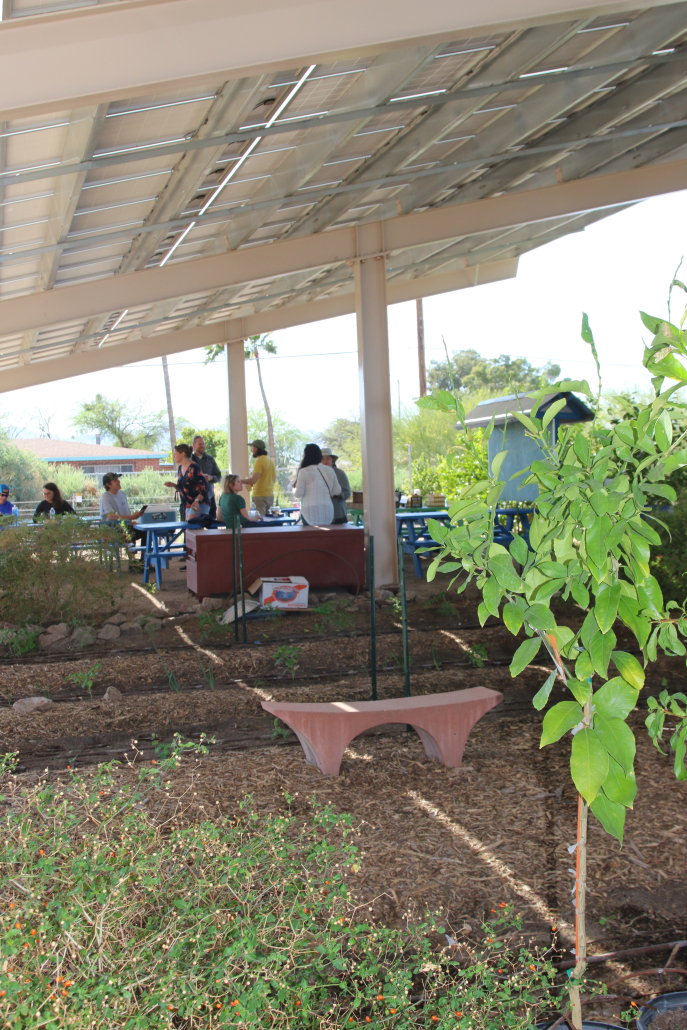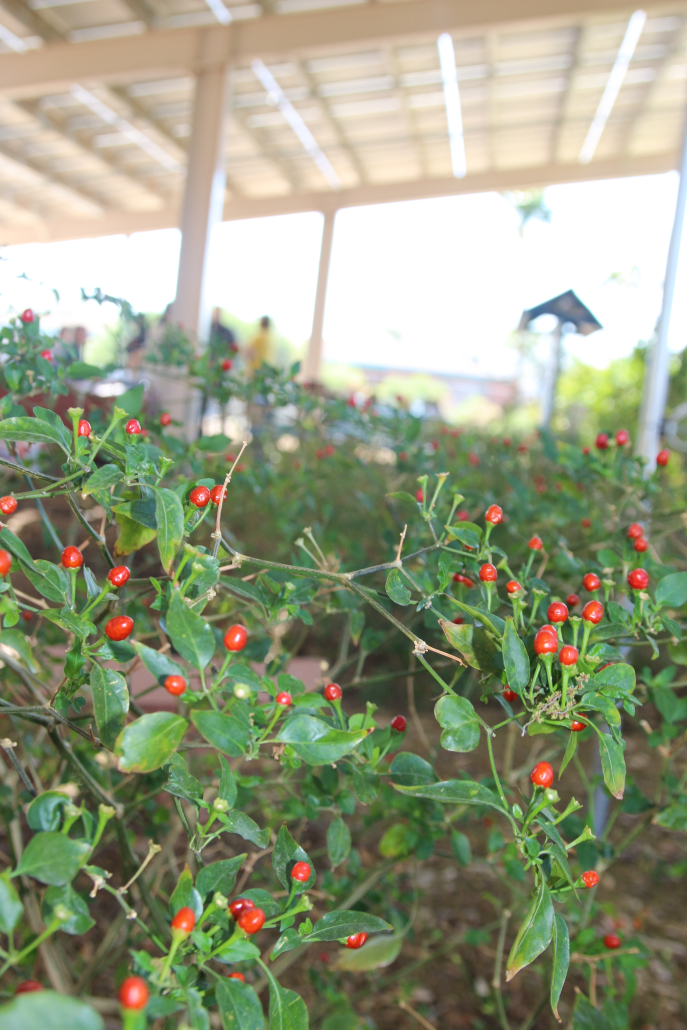GivePower Desalinates Water Overseas Using Aquavoltaics
“Austin, Texas-based GivePower started by installing solar panels for schools, community centers or other projects in communities in need. But GivePower founder Hayes Bernard realized that people, especially women and girls, would not attend school if they had to walk 8 miles to get water every day. That’s when the idea to include water pumps and desalination came to mind.
GivePower has seven operational desalination sites in countries like Haiti, Kenya, and Colombia. Four additional solar water farms are expected to become operational by the end of this year. GivePower has different sized desalination sites and setups. The largest one, the Solar Water Farm Max, produces up to 18,500 gallons of water daily — enough to support 35,000 people. It has a solar structure that acts like a roof over the water tanks and the twenty-foot equivalent unit shipping containers that house the desalination technology.” – American Shipper
Resource Guide for Decommissioning Solar Energy Systems
A new resource guide on decommissioning solar energy systems, written by AgriSolar Clearinghouse partner Heidi Kolbeck-Urlacher, offers resources for understanding solar project end-of-lifecycle management and recommendations for local governments to consider when drafting decommissioning ordinances. The report is now available through the Center for Rural Affairs here.
“Solar projects are often located in rural areas and can provide numerous benefits to nearby communities, including lease payments to landowners, tax revenue to fund infrastructure and services, and the creation of both permanent and temporary jobs. County officials are typically responsible for enacting siting or zoning standards to help ensure solar development is supported by local residents. This can include planning for the eventual decommissioning of energy projects that have reached the end of their life cycles.” – Center for Rural Affairs
The guide includes examples of decommissioning costs, extending performance periods of solar systems, recycling and disposal of solar panels, sample task lists associated with decommissioning solar systems, and recommendations for plans that define obligations of developers during the decommissioning process.
Chinese Fishery Deploys 70MW Solar Plant
“Farms where fish and algae thrive under solar panels might have secured their place in a future powered by renewable energy. Concord New Energy, a Chinese company that specializes in wind and solar power project development and operation, has installed a 70 MW solar plant atop a fishpond in an industrial park in Cangzhou, China’s Hebei region. The hybrid system integrates solar power generation with fishery in a unique way that not only saves land but also produces clean energy. This hybrid system is straightforward: a solar array is installed above the fish pond’s water surface, and the water area beneath the solar array is used for fish and shrimp farming.
The fishery-solar hybrid system is a type of floating solar farm that has grown in popularity over the years as solar power has evolved to meet the needs of our increasingly climactic times. For example, the United States has just begun construction of the country’s biggest floating solar farm in New Jersey.” – Interesting Engineering
Valley Irrigation Develops Solar Irrigation Site in Nebraska
Valley Irrigation has announced the completion of its first North American agrisolar installation in Nebraska through its partnership with Farmers National Company.
“The installation is located near Davenport, Nebraska, and will provide solar power to a Valley center pivot by offsetting energy consumption used to irrigate the field. Farmers National Company’s landowner client invested in Tier 1 solar panels, which are the highest-quality panels and are also used on major utility-sized installations. They are built to withstand the often-harsh conditions of Nebraska weather, including strong winds and hail.” – Valmont
“Matt Gunderson is with Farmers National Company and says it helps producers become more sustainable and increase return on investment. “We create some on farm generation not only to power a farm, but how do we tie it back into the grid system to support the electricity needs that are out there? And, along the way with it, sell that electricity back for some excess needs and create some investment opportunities and income generation for producers.” – Brownfield







